By: Eric Siegel, Founder, Predictive Analytics World
In anticipation of her upcoming conference presentation, Improving Employee Utilization with Machine Learning at Predictive Analytics World for Business Las Vegas, June 3-7, 2018, we asked Carmen  Fontana, Talent Acquisition Lead at Centric Consulting, a few questions about her work in predictive analytics.
Fontana, Talent Acquisition Lead at Centric Consulting, a few questions about her work in predictive analytics.
Q: How does your organization use predictive analytics to improve workforce management?
A: In professional services firms like Centric Consulting, employee utilization is closely tied to company profitability. The more time our consultants are billing on client projects, the better our balance sheet looks. So making sure our workforce is on the right projects, at the right time, with little downtime, is key.
There is also a tie between employee satisfaction and utilization. Employees who are on “the bench” (not staffed on projects) for longer periods of time get bored and frustrated. So improving utilization is good for both the company and its employees.
In the past workforce management has been a primarily manual process for us. However, we recently shifted to leveraging predictive analytics. In particular, we built a machine learning model that predicts an employee’s future utilization based on their skills, tenure and other factors. We combine this knowledge with other data (such as an employee’s carrying costs), to determine which employees need the most attention.
Q: Can you describe a quantitative result, such as the predictive lift of your model or the ROI of an analytics initiative?
A: This new approach to managing our bench saw immediate meaningful results – a 13% improvement in utilization leading to a 20% jump in profitability.
Q: Are there any special challenges when applying predictive analytics to workforce management?
A: This is an area we are very sensitive to. It’s one thing to make predictions about widgets; it’s a whole other thing to do it with human beings. So we are very thoughtful in how we implement the information gained from the predictive models. Once we have identified the employees that need the most attention, we look for creative ways to improve their staffing outlook. This may be identifying training for them to develop new skills, having them shadow another employee on an existing project, or pro-actively finding new projects that fit their backgrounds. We want staffing to be a positive, not punitive, process for our employees.
Q: Sneak preview: Please tell us a take-away that you will provide during your talk at Predictive Analytics World.
A: I will give you two sneak previews! This was our first internal predictive analytics project, so I will share how we build it from scratch on a shoestring time and budget.
Second, I will go deeper into the strategies we use to implement workforce predictive analytics results in a way that is mindful of the human component.
———————
Don’t miss Carmen’s conference presentation, Improving Employee Utilization with Machine Learning, on Tuesday, June 5, 2018 from 3:55 to 4:15 pm at Predictive Analytics World Las Vegas, 2018. Click here to register to attend
By: Eric Siegel, Founder, Predictive Analytics World
